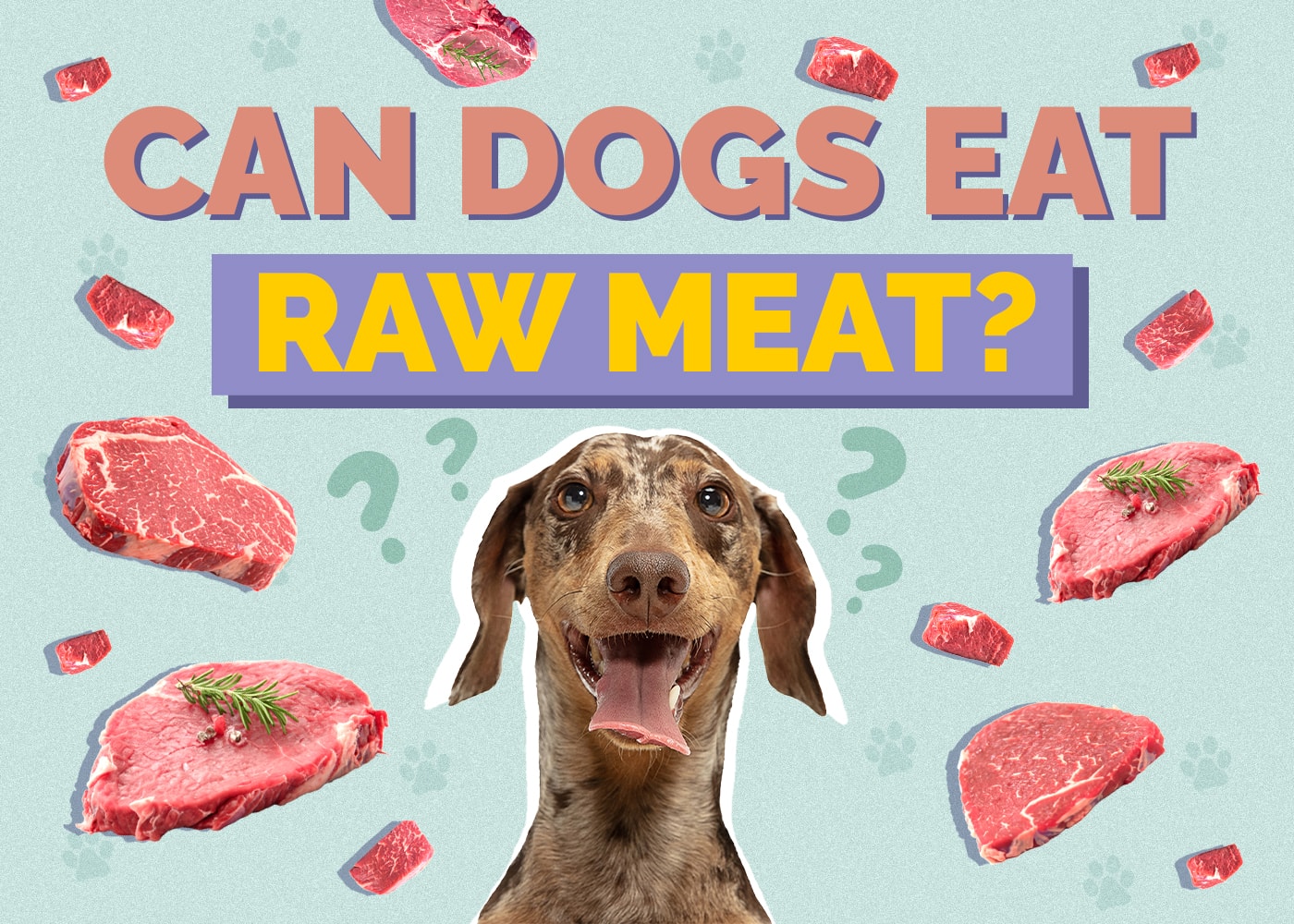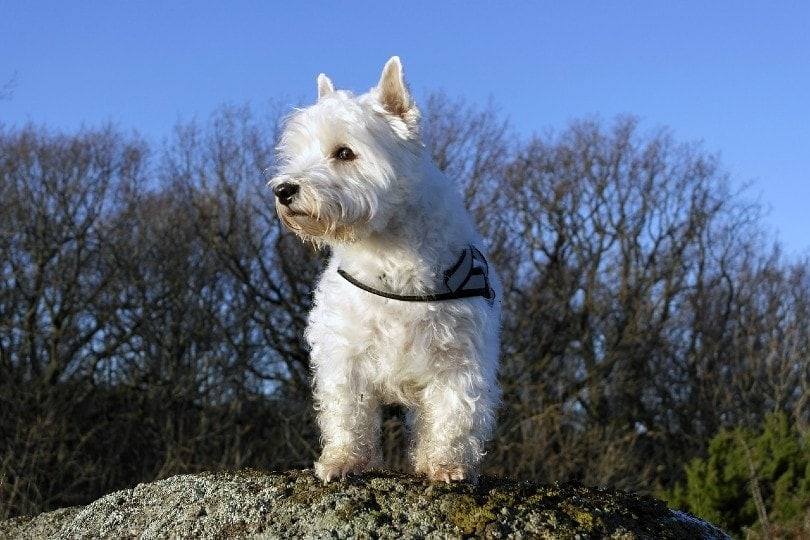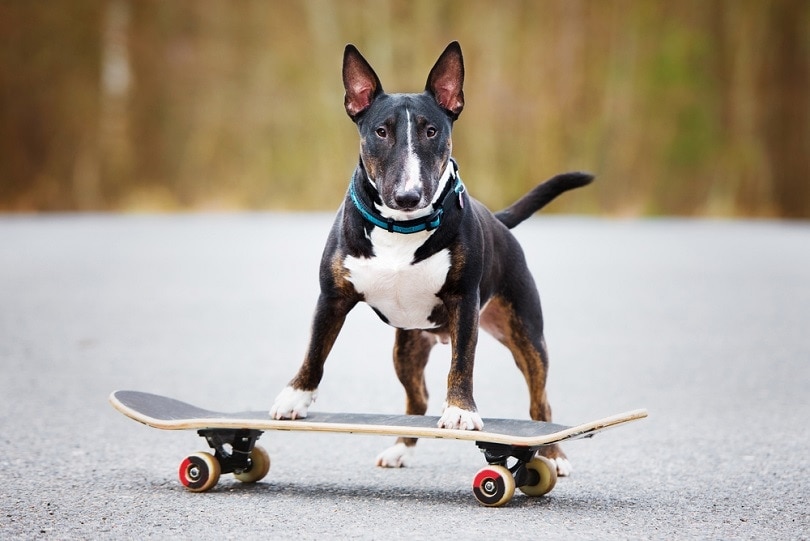Can Dogs Eat Kabocha Squash? Vet-Approved Benefits & FAQ
By Ed Malaker
Updated on
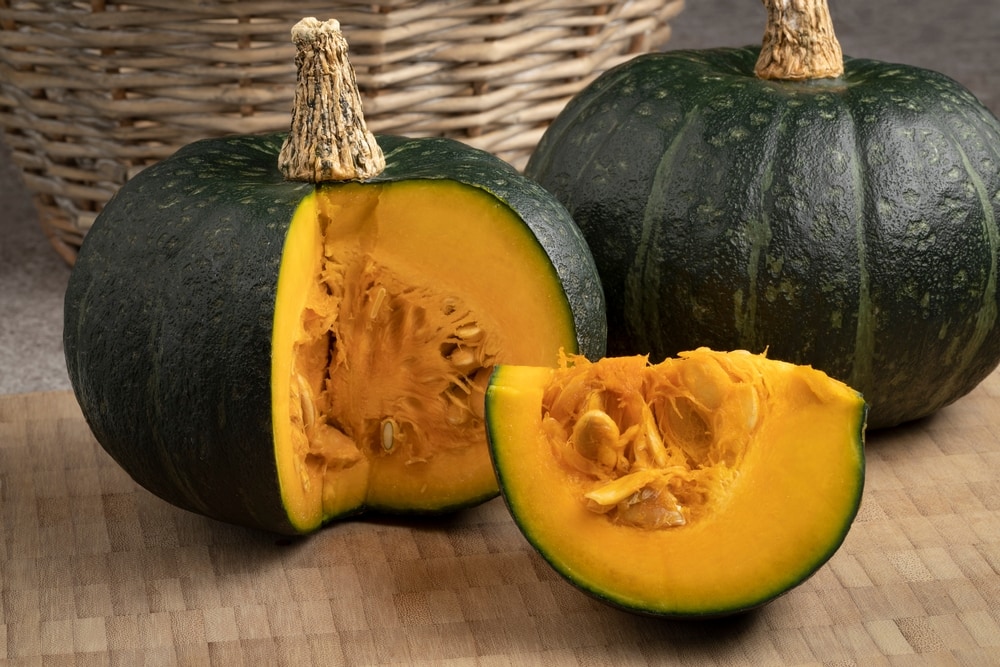
Click to Skip Ahead
Our dogs like to try out many of the foods we eat, especially at dinnertime. As omnivores, canines can eat various meats, fruits, and vegetables. One increasingly popular fruit that many people might wonder whether it is safe is the kabocha squash, or Japanese pumpkin.
Fortunately, your dog can safely eat kabocha squash in moderation, but keep reading for a list of the benefits and potential dangers of feeding it to your pet. We also discuss the best way to serve it and answer common questions to help you be better informed.
What Is Kabocha Squash?
Kabocha squash, or Japanese pumpkin, is a winter squash variety with origins in Japan. Its distinctive appearance features dark green, bumpy skin and vibrant orange flesh. It’s popular for its rich, sweet flavor and dense, creamy texture. It also contains plenty of important nutrients.

Benefits of Feeding Kabocha Squash to a Dog
Vitamins
Kabocha squash is a great source of vitamins A and C, which are helpful for vision, immune function, and skin health, and vitamin C is an antioxidant that can help protect cells from damage.
Minerals
Kabocha squash contains essential minerals like potassium and calcium, which are helpful in regulating blood pressure, bone health and muscle function.

Fiber
Kabocha squash is rich in dietary fiber, promoting healthy digestion and potentially aiding in weight management for dogs. It can help with relieving diarrhea and constipation and reduce the risk that these will occur.
Low in Calories
Kabocha squash is relatively low in calories, making it a potentially healthy addition to your dog’s diet if used in moderation.
Potential Issues of Feeding Kabocha Squash to a Dog
Digestive Issues
Some dogs may have sensitive stomachs and experience digestive upset when they try new foods. Start with small portions, and monitor your dog for any adverse reactions.
Allergies
Dogs can develop allergies or intolerances to various foods, including squash. If you notice signs of an allergic reaction, such as itching, hives, or gastrointestinal distress, discontinue feeding kabocha squash to them, and contact your vet.
Portion Control
While kabocha squash is nutritious, it should only be a small part of your dog’s diet, with most of their nutrition coming from high-quality commercial dog food with real meat like chicken or turkey listed as the first ingredient.
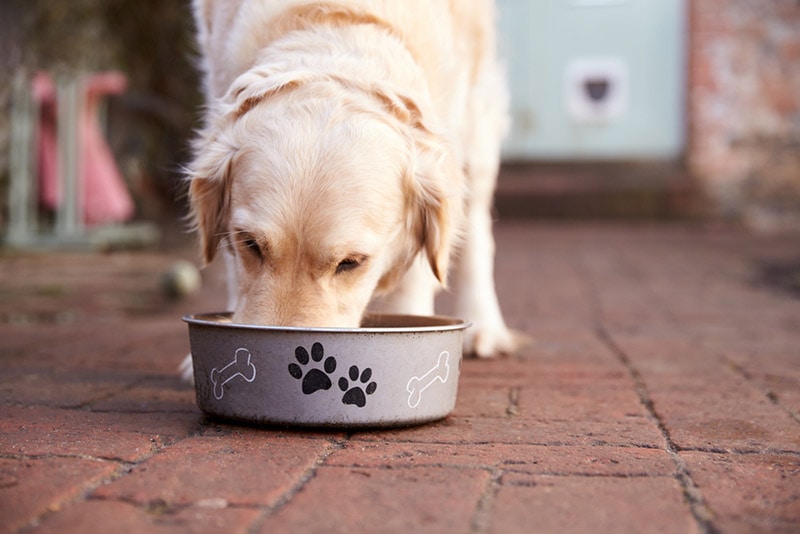
Serving Kabocha Squash to Your Dog
Your dog should get all their nutrients from a commercial dog food with all other foods being treated as treats. As a general rule, you shouldn’t give more than 10% of a dog’s daily caloric intake in the form of treats, including kabocha squash. So, keep the servings small and only give occasionally. Talk to your vet about the proper portion size and frequency for your dog.
Steamed Kabocha Squash
Cut the squash into small, bite-sized pieces, removing the seeds and skin. Steam the pieces until they are soft and easily mashed with a fork. Let them cool before serving.
Boiled Kabocha Squash
Like steaming, you can boil kabocha squash until it’s soft before letting it cool and offering it to your dog without the seeds or skin.

Mashed Kabocha Squash
Mash steamed or boiled kabocha squash, and mix it with your dog’s food for added flavor and nutrients. If they enjoy kabocha squash, adding it to the food can help your pet take their medication if needed.
Kabocha Squash Treats
You can make homemade kabocha treats by mixing mashed squash with whole wheat flour and water until they form a dough. Shape the dough into small treats and bake until they are crisp.
Frequently Asked Questions
Can I Give Raw Kabocha Squash to My Dog?
Feeding raw kabocha squash to dogs is usually not recommended, as it can be challenging to digest and may pose a choking hazard.
How Much Kabocha Squash Can I Feed My Dog?
The amount of kabocha squash that you can feed your dog depends on their size and dietary needs. As a guideline, start with small portions, and consult your veterinarian for personalized recommendations.
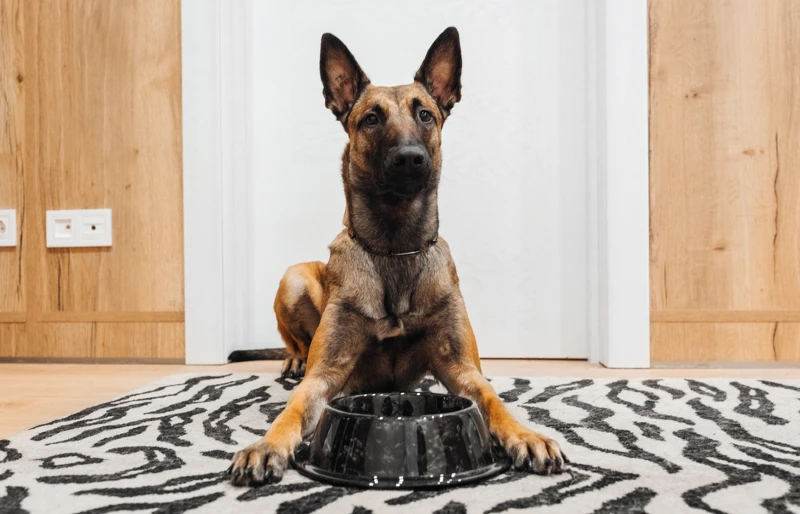
Is Canned Kabocha Squash Safe for Dogs?
Canned kabocha squash is generally safe for dogs as long as it doesn’t contain added sugars, salt, or other seasonings. Always check the label for any harmful ingredients.
Can Kabocha Squash Be a Remedy for Digestive Issues in Dogs?
The dietary fiber in kabocha squash can aid in digestion and help regulate bowel movements, potentially providing relief for dogs with mild digestive issues. However, always consult your vet for appropriate treatment options if your pet has these issues.
Are There Any Other Fruits and Vegetables That I Can Feed to My Dog?
Many fruits and vegetables are safe and beneficial for dogs, including carrots, sweet potatoes, green beans, and apples. Always research a specific food to ensure that it’s safe for your dog, speak to your vet, and introduce it gradually.
Summary
Kabocha squash can be a healthy treat for your dog, providing many vitamins and minerals that can promote good health. It also contains a large amount of fiber that can aid digestion and help with diarrhea and constipation. However, it can also cause digestive issues in some dogs, and others might have an allergic reaction, so it’s best to monitor your pet after they eat it for signs of discomfort. Prepare it by removing the skin and seeds, boiling or steaming it until it’s soft without any seasoning, and letting it cool completely before serving it to your pet as an occasional treat. Always talk to your veterinarian before adding any foods to your dog’s diet to make sure it is safe and in the proper amounts.
Featured Image Credit: Picture Partners, Shutterstock







